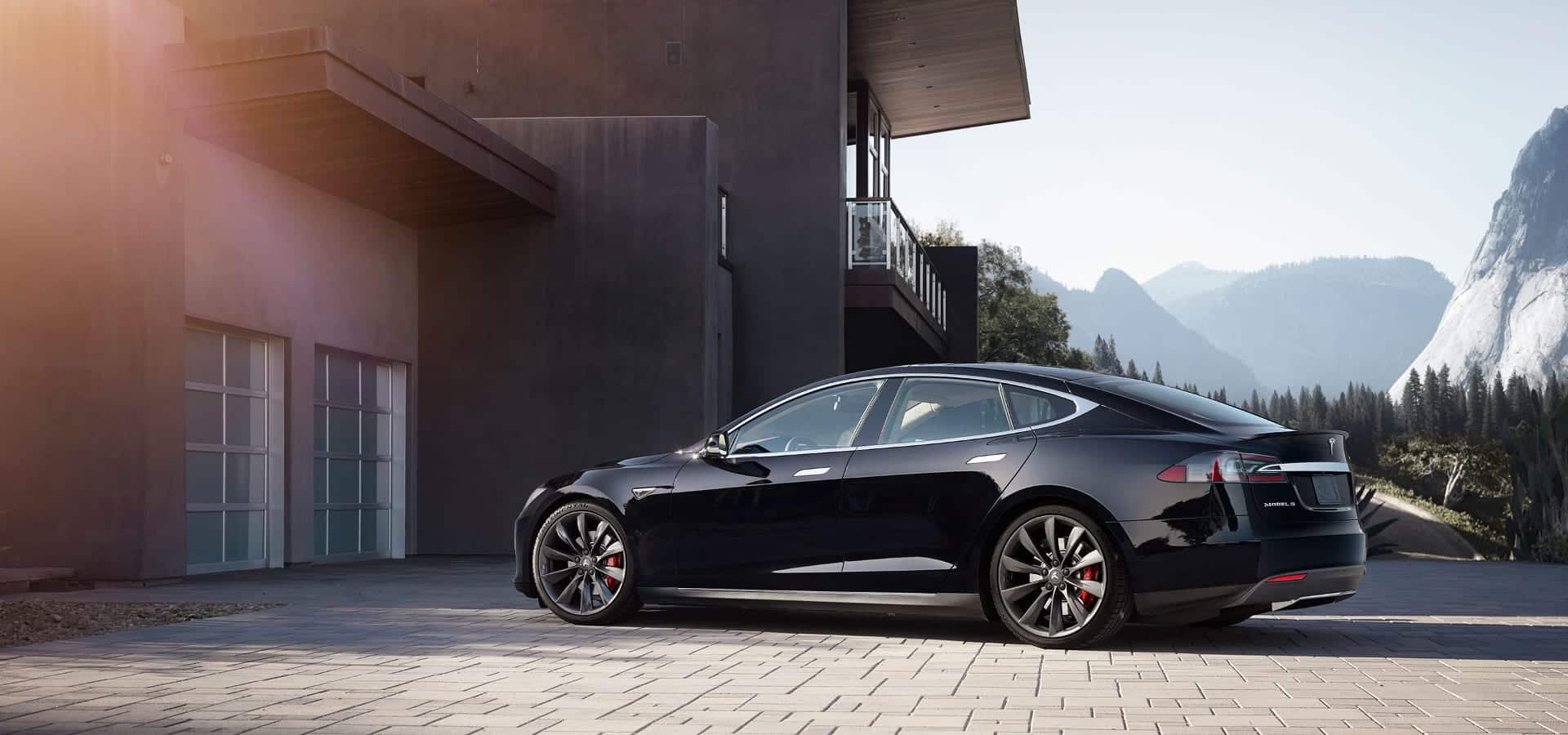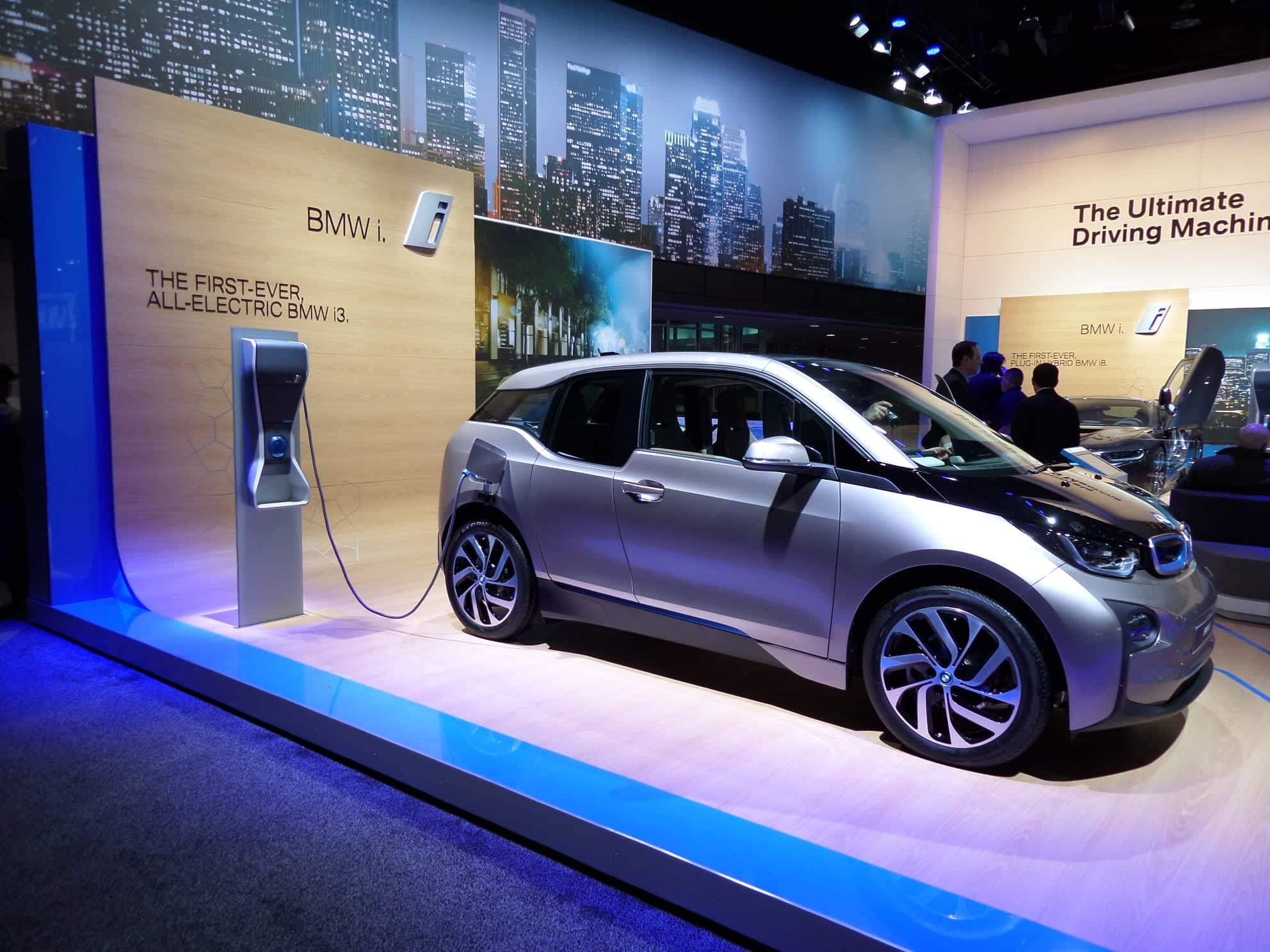In 2020, carbon emissions fell 5.8% due to the economic calamity and travel restrictions caused by the COVID-19 pandemic. Many countries shut down or restricted air travel, road travel, and more people worked from home.
All of the above decreased travel-induced emissions, which was seen as a silver lining of the dark cloud that COVID-19 brought over humanity. It surely wouldn’t last, but it provided a glimpse at what even a 5.8% reduction in emissions can do.
It’s worth noting that automobiles emit several pollutants, not just the greenhouse gas carbon dioxide. Two of the most insidious ones are carbon monoxide and sulfur dioxide — both of which are lethal in high concentrations. Another one of the pollutants is soot, which causes lung cancer.
Emissions are on the rise once again, and are expected to climb 4.8% — the largest annual gain since 2010’s record-breaking increase. The progression of vehicle electrification and renewable energy sources continuous and is making strides. However, it would certainly help if the adoption of these technologies occurred at a faster rate.







